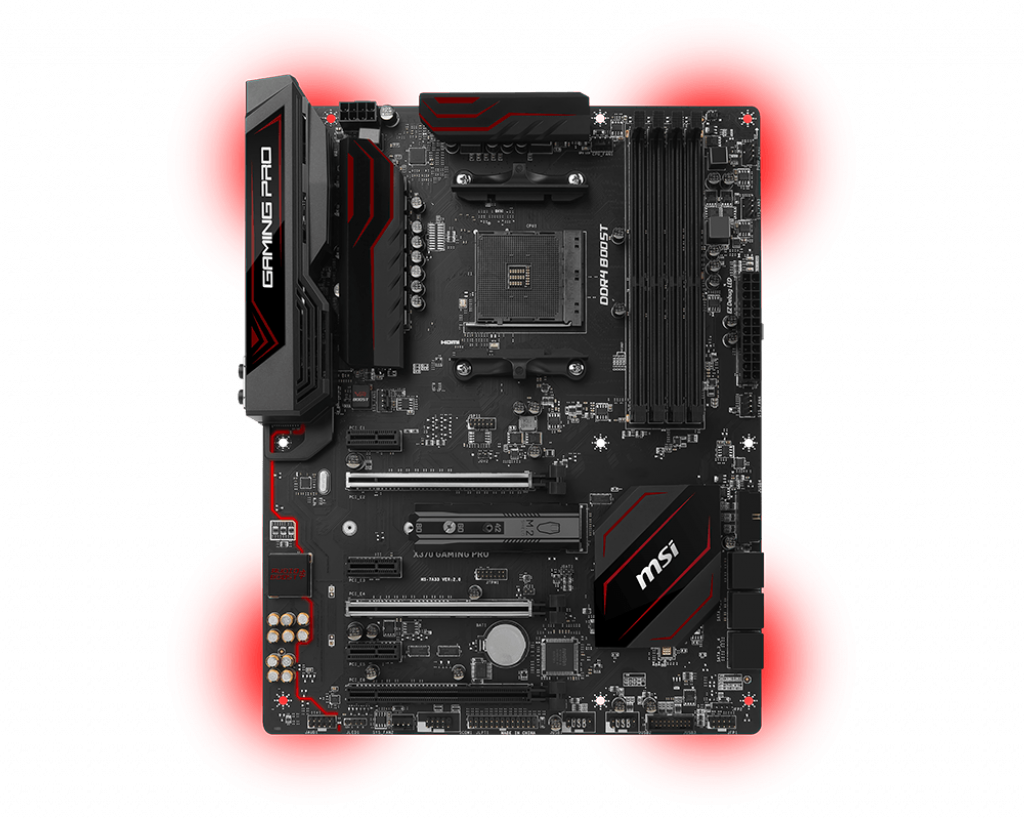Since the NAS was going to be a typical tower and in the living room, the overarching goal was to make it also have the functionality of a gaming PC. To get true USB Hot-Plugging will require us to pass through an entire USB controller just like we did the Pascal GPU. We’ve covered the basics of IOMMU groups, and most server / workstation hardware (CPUs, motherboards, and chipsets) would make this pretty easy. However, I put this together out of older hardware I had laying around. Specifically, I have a Zen 1 Ryzen 7 1700 dropped into an X370 motherboard (MSI X370 Gaming Pro). Since all this hardware was made for “consumers”, the designers did not put a lot of thought into how things can be isolated and virtualized. So, the next step I need to take is to map all the IOMMU groups to actual devices on the motherboard.
Read MoreTag: x370
Unraid PCIe and IOMMU Groups
Passing through a GPU on Unraid is usually a pretty easy task. Issues are easily solved as long as it’s in one of the “GPU” / main PCIe slots on most motherboards. There are some issues using it in the primary slot which are easily overcome. I discussed in my unRAID Pascal GPU Passthrough guide. However, for more advanced setups, you’ll need to start passing through other PCIe devices to virtual machines. This starts to get a bit more tricky and the many guides have some shot-gun approaches to solving the problems associated with these advanced setups. In order to maximize system stability, you’ll want to avoid these shot-gun approaches and the pitfalls associated with them. In this post I’ll give you a basic understanding of PCIe and IOMMU groups. Then discuss one of the more commonly touted “solutions” and the pitfalls associated with it.
Read More